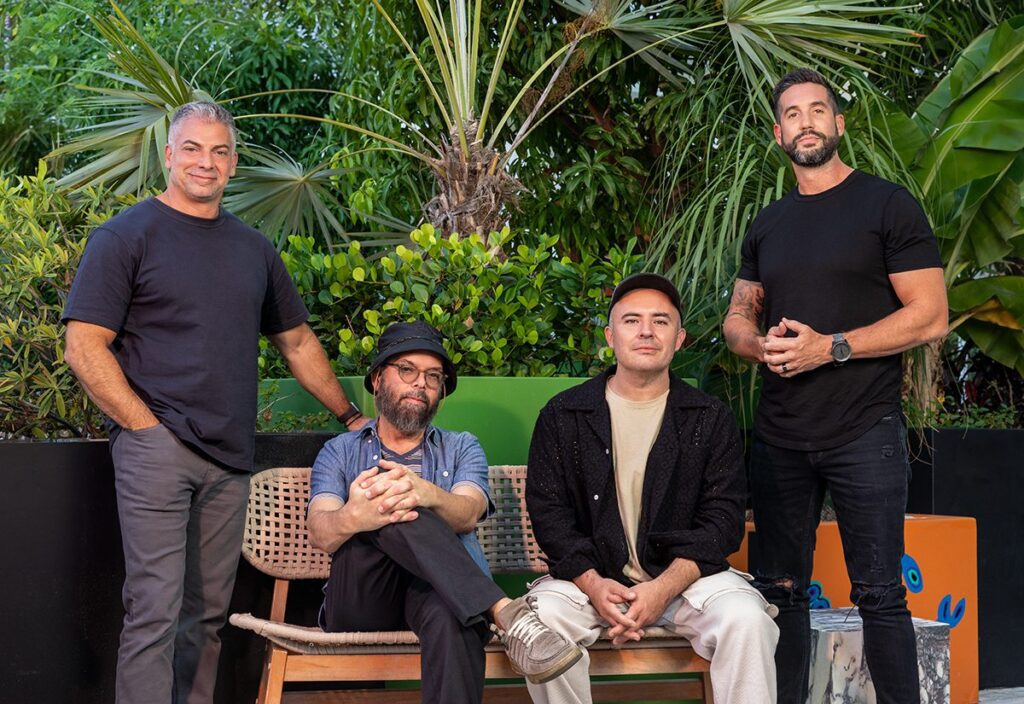Google, the top search engine on the Web and the top search ad seller too, announced in late April the launch of a “limited beta” test on its AdWords/AdSense marketing network. The test will give online advertisers the ability to select the sites where their ads will run on the Google network of Web pages and the opportunity to pay for those ads not per clickthrough but based on the number of people who view them—“impressions” in the ad trade.
In short, Google wants to sell ads that can do brand marketing, rather than restricting itself to the direct response merchandising that has been its mainstay to date.
Participants in the beta program will be able to run ads in display formats that Google did not offer before. Advertisers will not be limited to the text-heavy ads viewers are used to seeing from Google. Instead, they will be able to offer five new formats, including banners and skyscrapers. The ads will also permit the use of animation. The company says it will continue to evaluate the ads running on its network to make sure that they do not “negatively impact the end-user experience.”
Advertisers in the new CPM program will also be able to use a Web tool that will let them pick a site to target with their ads. The Google tool will then bring up a list of AdSense sites that feature related content and let advertisers opt to include those sites in their CPM ad campaign too. The targeting capability will be limited to content, and won’t include either geographic or demographic targeting. Advertisers will also be able to select the sites they do not want their ads to appear on—presumably avoiding the perils of having their brand image associated with objectionable content.
The pilot program applies only to the thousands of non-Google sites that make up the AdSense network, sites that range in size from small blogs to “The New York Times.” It does not extend to the results pages on Google Search, which will still depend on keyword bids and costs per click (CPC). Under the AdSense test, advertisers will bid for these ad spots based on the cost per thousand (CPM) visitor impressions. They will submit a maximum CPM that they are willing to pay for placement on a specific site; Google says that means they will pay no more than the price needed to beat out the closest competing bidder, which could be below their submitted CPM bid.
The new CPM will also compete for space on the network pages with Google’s conventional CPC ads. The company says that those competing demands will be resolved by multiplying the price of a CPC ad against the actual clickthrough rate to produce a final price that can be reasonably compared to the CPM ad. In other words, the most popular and highest-priced CPC ads stand a fighting chance of winning out against a CPM rival; those that sell for less or produce fewer clickthroughs may find that they’re priced out of the market.
Google spokespeople and industry observers all expect that the company will move the new CPM ad program quickly out of beta and into wide release—perhaps as soon as June.
The business logic behind Google’s move is clear, according to Joshua Stylman, managing partner with SEM firm Reprise Media. “Branded ad money is a massive, massive opportunity,” he says. “Both Google and Yahoo! are doing multibillion-dollar quarters in the interactive ad market right now, but those have largely been fueled by direct marketers. They were the low-hanging fruit, given that the Web is most obviously a direct-response vehicle.” But research suggests that the Internet can also be a powerful medium for ads that create exposure rather than prompting a specific consumer action such as a clickthrough to a purchase or a registration.
That’s brand advertising, and Google has so far been relatively weak in tapping into that market, Stylman says. But now, with CPC ads on both its search results pages and its AdSense network providing 95% of revenue in the most recent quarter, Google is facing the prospect of finding future revenue that won’t cannibalize those earnings.
Branded ads may open up that new market, but appealing to the branding crowd means offering them the targeting and pricing tools they expect from their other media, print or television. That involves a sea change for Google, which many observers credit with creating the CPC ad market that has made search engine marketing profitable. “The CPC model and the [cost-per-action] model have flourished because advertisers can say, ‘Okay, I pay x dollars in and get y dollars out,’” Stylman says. “Ultimately, everything’s quantifiable with CPC. CPM is more ‘real world’ advertising. You can still quantify it if you track it, but you’re another layer removed from the respondent.”
The chance to target certain Web sites, or to exclude others, is also a major shift for Google advertising. Prior to this beta test, Google determined where ads placed on its AdSense network would appear based on how relevant they were to visitors to a site. In general, this both protected the user experience and the ad performance by matching ads to viewers. But this has become a trickier proposition as the Web has expanded to include more types of content– news, video, blogs—that advertisers might not want to risk. Stylman points to a now-famous episode involving a contextual ad on the Google network for a handbag retailer; it ran next to a news story on a mass murderer who packed his victims’ remains away in luggage.
As the Google ad beta is now designed, advertisers can choose sites in the AdSense network that are most relevant to their product. But they also have the option to bid for sites that have nothing to do with their product, if the audience for those sites offers an attractive sales prospect. Google says that since those ads will be in competition with CPC ads that are targeted on the basis of keywords, the end result for users won’t be compromised; in most cases, the relevant ads will win out, they say.
How successful this new ad platform will be in bringing Google into the world of online brand advertising remains to be seen. But some third-party ad firms are discounting its appeal for the truly big brand names. Gurbaksh Chahal, CEO of interactive ad agency BlueLithium, says that first-rank advertisers like Coca-Cola and Lincoln Mercury are going to be most interested in appearing on first-rank Web pages, while Google’s AdSense network is comprised largely of smaller Web sites with fewer, less attractive visitors. BlueLithium runs its own network of about a thousand Web sites for placing online ads.
“Google is still primarily circling around text-based, search-engine based advertisers, and they’re going after a different type of inventory [of Web sites] to appeal to them,” Chahal says. “When you’re reaching for big-brand CPM advertisers, they don’t want to be on text-heavy sites, and they don’t want just animated .gifs. They go out of their way to have a creative shop create a cultivated banner ad for them and then run it on a premier site. It’s a different type of publisher and a different type of advertiser.” If Google is trying to gain access to these top-shelf brands, it will have to re-strategize its AdSense distribution network and offer sexier graphic options, he says.
One other possible concern for Google might be channel conflicts with the larger Web publishers in the AdSense program. Many of these big content providers sell CPM ad positions in-house and simply give the Google network access to their excess ad inventory. If they find themselves competing with Google for the same brand advertising, they may pull back on their involvement with AdSense. Chahal sees this as potentially a large problem; Stylman does not.
“This may pose a problem for some Web publishers that did not arise when they sold their own CPM ads and Google only offered CPC,” Stylman says. “Now worlds are colliding, and some advertisers may decide to back-door their way in with Google rather than going through the sales team at The New York Times, for example. But smart publishers will find a way to interoperate with Google to make sure that they always have the highest-paying ads on their site. It can be an obstacle if not handled properly. But it can be an opportunity, if you learn how to reconcile it.”
 Network
Network

